Themed collection Sustainable Nanotechnology Organization 2014

NanoEHS – defining fundamental science needs: no easy feat when the simple itself is complex
Bridging knowledge gaps in NanoEHS by identifying current fundamental science challenges and research needs.
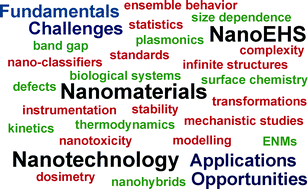
Environ. Sci.: Nano, 2016,3, 15-27
https://doi.org/10.1039/C5EN00112A
Coordinating modeling and experimental research of engineered nanomaterials to improve life cycle assessment studies
There is an opportunity to facilitate responsible nanotechnology research and development through improved collaboration between life cycle modeling and experimental efforts.
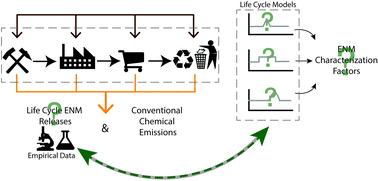
Environ. Sci.: Nano, 2015,2, 669-682
https://doi.org/10.1039/C5EN00097A
Evaluation of existing control measures in reducing health and safety risks of engineered nanomaterials
While the risk management of engineered nanomaterials (ENMS) receives significant attention, there is still a limited understanding of how to select optimal risk management measures for reducing the risks of ENMs.
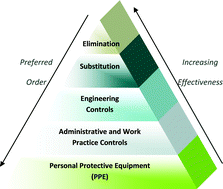
Environ. Sci.: Nano, 2016,3, 869-882
https://doi.org/10.1039/C6EN00122J
Silica matrix encapsulation as a strategy to control ROS production while preserving photoreactivity in nano-TiO2
Silica matrix encapsulation can control potential health risk associated with ROS production, but improves as well the photocatalytic properties of nano TiO2.
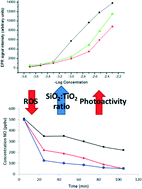
Environ. Sci.: Nano, 2016,3, 602-610
https://doi.org/10.1039/C6EN00009F
The effects of recycling on the properties of carbon nanotube-filled polypropylene composites and worker exposures
With production of nanocomposites, the product life cycle, including recycling, becomes critical.
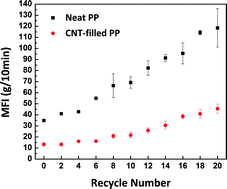
Environ. Sci.: Nano, 2016,3, 409-417
https://doi.org/10.1039/C5EN00253B
Nanoproducts – what is actually available to European consumers?
It remains unclear which kinds of nanoproducts are available on the European market, although this information is a prerequisite for any kind of exposure and risk assessment.
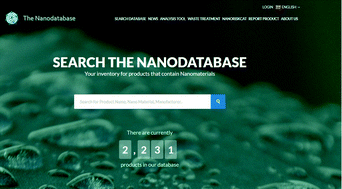
Environ. Sci.: Nano, 2016,3, 169-180
https://doi.org/10.1039/C5EN00182J
Aggregation and interactions of chemical mechanical planarization nanoparticles with model biological membranes: role of phosphate adsorption
Adsorption of phosphate on chemical mechanical planarization nanoparticles can significantly impact the interactions between the nanoparticles and model cell membranes.
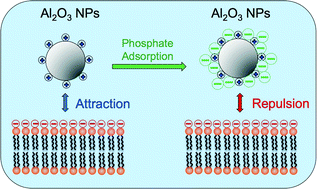
Environ. Sci.: Nano, 2016,3, 146-156
https://doi.org/10.1039/C5EN00176E
Accumulation of zinc, copper, or cerium in carrot (Daucus carota) exposed to metal oxide nanoparticles and metal ions
The ionic forms of Zn, Cu, and Ce are transported into carrot taproots, while nanomaterial forms of ZnO, CuO, and CeO2 were largely screened by the taproot outer periderm layer.
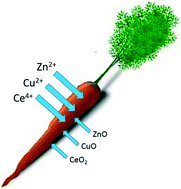
Environ. Sci.: Nano, 2016,3, 114-126
https://doi.org/10.1039/C5EN00161G
Surface engineering superparamagnetic nanoparticles for aqueous applications: design and characterization of tailored organic bilayers
This work describes the synthesis and characterization of a rational series of surface tailored superparamagnetic nanoparticles, which have broad potential as platform materials for advanced environmental imaging, sensing, and remediation technologies, among others.

Environ. Sci.: Nano, 2016,3, 85-93
https://doi.org/10.1039/C5EN00089K
Formation of supported lipid bilayers containing phase-segregated domains and their interaction with gold nanoparticles
Here we describe a method to form phase-segregated domain-containing supported lipid bilayers on silica substrates and demonstrate that the presence of these domains can alter nanoparticle interaction with bilayers.
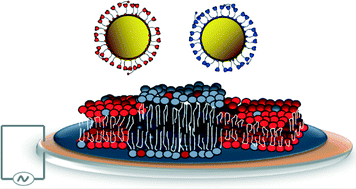
Environ. Sci.: Nano, 2016,3, 45-55
https://doi.org/10.1039/C5EN00098J
Effects of dysprosium oxide nanoparticles on Escherichia coli
Determination of Dy2O3 nanoparticles toxicity on Escherichia coli at different water chemistry and metabolic conditions. The results of this study provide strong evidence that Dy ions, released from the nanoparticles, are the main cause for impairing of the bacteria functions.
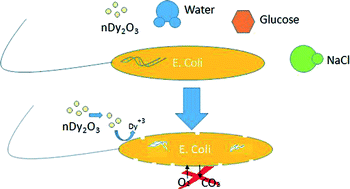
Environ. Sci.: Nano, 2016,3, 67-73
https://doi.org/10.1039/C5EN00074B
Engineered manganese oxide nanocrystals for enhanced uranyl sorption and separation
For the first time, this work develops and demonstrates precisely engineered manganese oxide nanoscale particles for the sorption of uranium, as uranyl, in water.
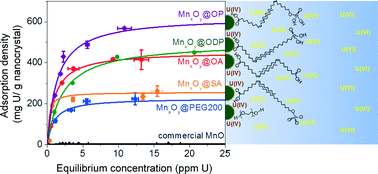
Environ. Sci.: Nano, 2015,2, 500-508
https://doi.org/10.1039/C5EN00010F
Synthesis and catalytic, antimicrobial and cytotoxicity evaluation of gold and silver nanoparticles using biodegradable, Π-conjugated polyamic acid
We hereby report a rapid and simple synthesis of silver (AgNPs) and gold nanoparticles (AuNPs) using conductive, electroactive and biodegradable poly(amic)acid (PAA) polymer as both the reductant and stabilizer.
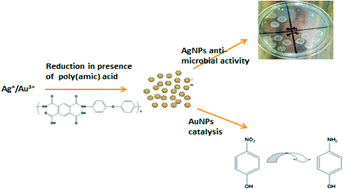
Environ. Sci.: Nano, 2015,2, 518-527
https://doi.org/10.1039/C5EN00053J
Economic analysis of CNT lithium-ion battery manufacturing
Although MWCNT lithium battery costs increase when proactively preventing manufacturing worker exposures, costs per unit of specific energy decrease overall.
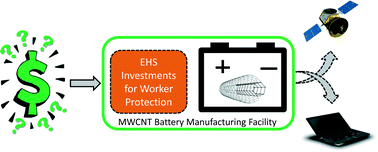
Environ. Sci.: Nano, 2015,2, 463-476
https://doi.org/10.1039/C5EN00078E
Surface modification of thin film composite forward osmosis membrane by silver-decorated graphene-oxide nanosheets
Antimicrobial thin film composite forward osmosis membrane is developed using silver-decorated graphene-oxide nanosheets coating.

Environ. Sci.: Nano, 2015,2, 395-405
https://doi.org/10.1039/C5EN00086F
Comparative life cycle assessment of silver nanoparticle synthesis routes
Life cycle assessment of eight nanosilver synthesis routes, both physical and chemical, with results scaled by mass and function.
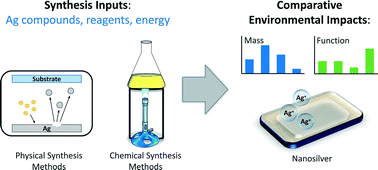
Environ. Sci.: Nano, 2015,2, 361-369
https://doi.org/10.1039/C5EN00075K
Toxicity of exfoliated-MoS2 and annealed exfoliated-MoS2 towards planktonic cells, biofilms, and mammalian cells in the presence of electron donor
EDTA, as an electron donor, used for the first time in the antibacterial study of MoS2.
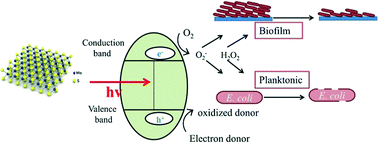
Environ. Sci.: Nano, 2015,2, 370-379
https://doi.org/10.1039/C5EN00031A
An integrated methodology for the assessment of environmental health implications during thermal decomposition of nano-enabled products
The regulatory framework of nano-enabled products should be based on properties of the nano-emissions during the product life-cycle rather than the properties of raw materials used in the product synthesis.
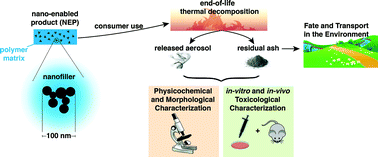
Environ. Sci.: Nano, 2015,2, 262-272
https://doi.org/10.1039/C4EN00210E
About this collection
This collection of selected papers are from the Sustainable Nanotechnology Organization (SNO) 2014 conference and the SUN-SNO-GuideNano 2015 conference. They highlight how sustainable nanotechnology is leading the way to address economic development, global food supplies, as well as energy and water challenges while leaving minimal footprints that can give rise to environmental degradation.
A full introduction to the SNO 2014 papers by Wunmi Sadik, Barbara Karn, Jacqueline Isaacs and Philip Demokritou can be read here.